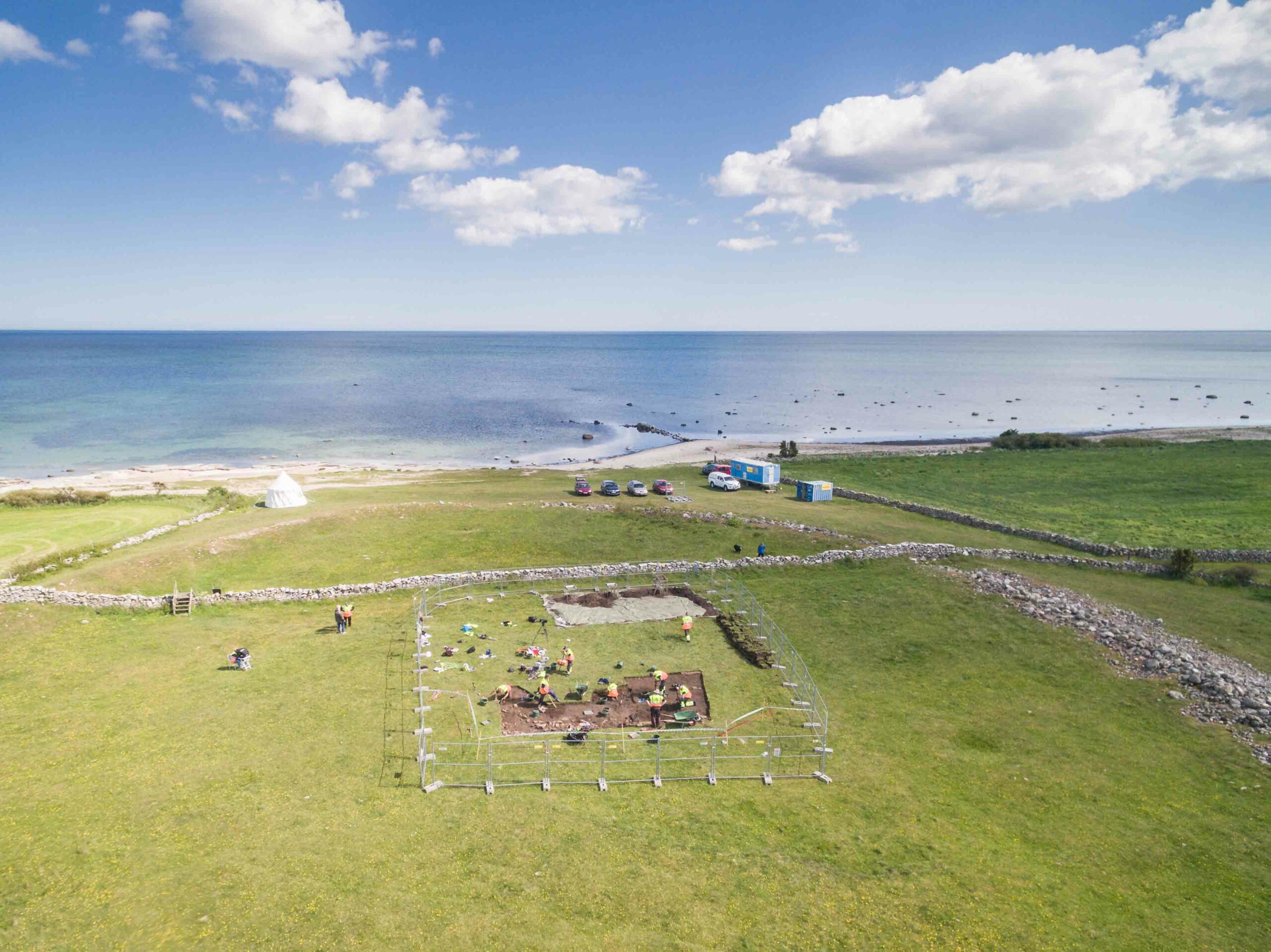VERO BEACH, FLORIDA—A team from Florida Atlantic University’s Harbor Branch Oceanographic Institute has uncovered what may be the 13,000-year-old bones and an upper molar of an extinct species of bison at the Old Vero Man site. “It most certainly puts bison on the menu when we know people were here in Vero Beach at that time. An eight-foot-tall bison leaves behind so much more than just a stone flake or a hearth. We couldn’t have asked for a better representative species from that era,” lead archaeologist Andrew Hemmings told TCPalm. The team also found charcoal, the bones of small mammals, and bone fragments that may have come from mammoths, mastodons, sloths, or ancient bison. To read more about the earliest people to reach the new world, go to "America, in the Beginning."
Possible Extinct Bison Remains Found in Florida
News May 4, 2016
Recommended Articles
Off the Grid May/June 2025
Bulow Plantation Ruins, Florida


Features March/April 2024
Freedom Fort
In eighteenth-century Spanish Florida, a militia composed of formerly enslaved Africans fought for their liberty

Artifacts September/October 2023
Padlock

-
Features March/April 2016
France’s Roman Heritage
Magnificent wall paintings discovered in present-day Arles speak to a previously unknown history
 (Copyright Remi Benali INRAP, musée départemental Arles antique)
(Copyright Remi Benali INRAP, musée départemental Arles antique) -
Features March/April 2016
Recovering Hidden Texts
At the world’s oldest monastery, new technology is making long-lost manuscripts available to anyone with an Internet connection
 (Copyright St. Catherine's Monastery)
(Copyright St. Catherine's Monastery) -
Letter from Guatemala March/April 2016
Maya Metropolis
Beneath Guatemala’s modern capital lies the record of the rise and fall of an ancient city
 (Roger Atwood)
(Roger Atwood) -
Artifacts March/April 2016
Egyptian Ostracon
 (Courtesy Nigel Strudwick/Cambridge Theban Mission)
(Courtesy Nigel Strudwick/Cambridge Theban Mission)


